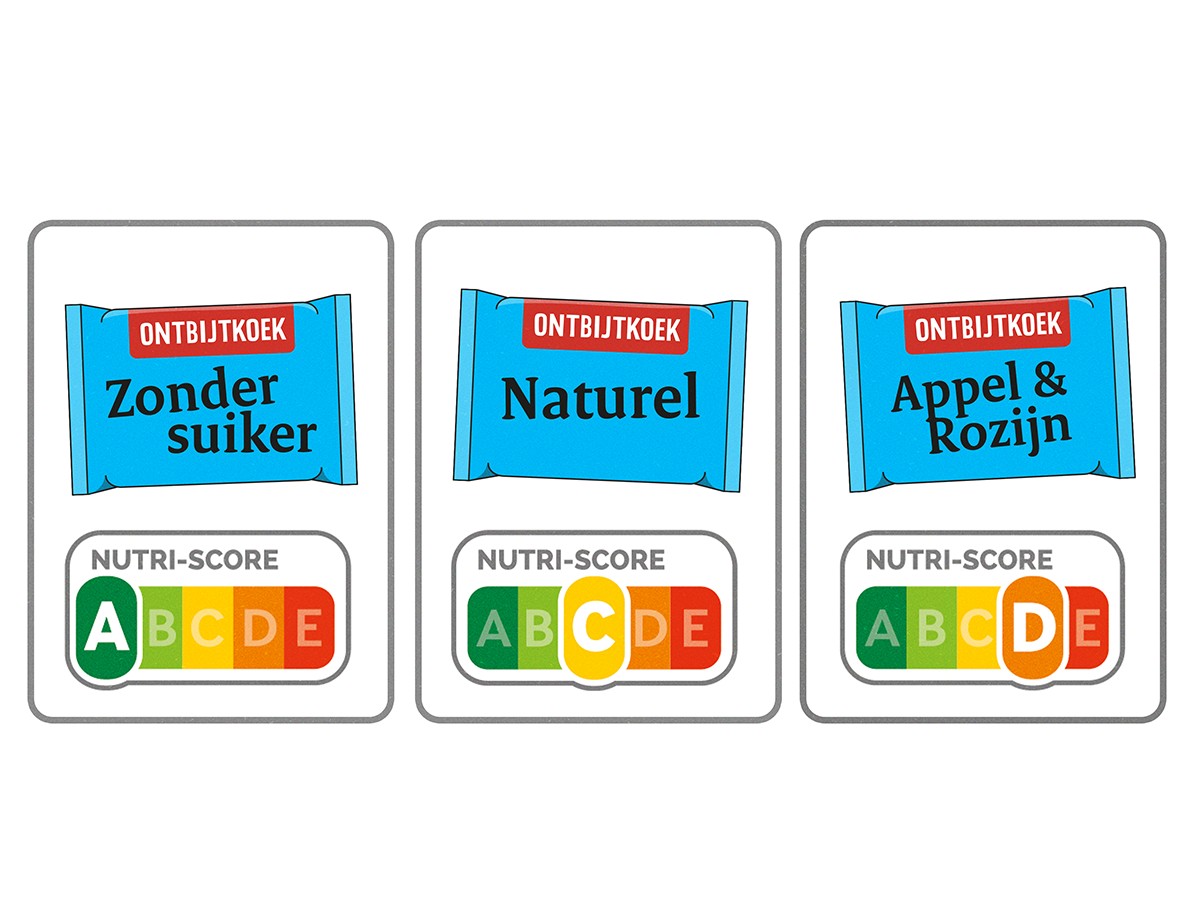
Nutri-Score is the intended food choice logo for the Netherlands. State Secretary Paul Blokhuis (VWS) wrote this to the Lower House of Parliament on 28 November. Of the three logos in Europe - Keyhole, Multiple Traffic Light and Nutri-Score - Dutch consumer research shows that Nutri-Score was the best help in making healthy choices. With this food choice logo, everyone can, for example, compare different varieties of breakfast cereals, frozen meals or sandwich fillings quickly and easily. Although Nutri-Score works well, research by the RIVM and the Voedingscentrum has shown that some aspects of it do not always comply with the Dutch dietary guidelines. This must imp rove before Dutch food producers can put it on their packaging. An international committee of scientists - also with Dutch input - will work on this. This should be completed by the middle of 2021. The introduction of a food choice logo is an agreement from the National Prevention Agreement.
State Secretary Blokhuis (VWS): "Making the healthy choice easier has always been our commitment. We are now taking a big step in this direction. I chose Nutri-Score because it turns out that this logo was the best way for consumers in the study to make healthier choices. The logo also came out best in consumer research in Germany. This is in line with a logo that will also be increasingly prominent internationally. As the Netherlands import and export a lot of food, so that's good bycatch."
In recent months, research has been carried out into three different food choice logos: Keyhole, Multiple traffic light and Nutri-Score. This shows that consumers understand Nutri-Score best. The green A stands for the article with the most healthy nutrients. An article with a dark orange E has the least of these. The score is based on the amount of calories, sugars, saturated fat, salt, protein, fibre, fruit, vegetables, legumes and nuts in the product. For example, if you need more information to make the right choice because of a diet, you can continue to read on the back of the package what exactly is in it.
Nutri-Score is the best choice based on consumer research and is supported by consumer organisations, supermarkets and food producers, among others. This does not mean that it is an ideal system. The RIVM, the Netherlands Nutrition Centre and nutrition experts point out that there are differences between Nutri-Score, the Dutch dietary guidelines and the 'Schijf van Vijf'. For example, Nutri-Score is too positive about white bread and too negative about olive oil compared to the Dutch dietary advice. In order to ensure that this connection improves, the Netherlands will actively participate in an international independent committee of scientists on the evaluation and adjustment of the soon to be international Nutri-Score. Blokhuis expects this process to be completed by mid 2021. Nutri-Score can therefore be legally conducted in the Netherlands by Dutch producers.
State Secretary Blokhuis (VWS): "There is therefore still work to be done before we are satisfied with the implementation and can make full use of it. We are now opting for Nutri-Score in order to be able to work with Dutch food scientists and to have it further improved.
Nutri-Score is a scientific food scoring system from France. Under the direction of the French government, scientists have set up the system. Belgium, Germany, Switzerland and Spain have now also opted for Nutri-Score. Now that more and more countries are introducing this logo, the French government wants to make Nutri-Score a system that is internationally managed and advised by an independent scientific committee.
Overweight is one of the most important public health problems at the moment: one in two Dutch people is overweight. Reducing obesity is therefore one of the central issues in the National Prevention Agreement, in which 70 organisations have made agreements for a healthier Netherlands. In addition to the food choice logo, work is also being done on a new approach to using less salt, saturated fat and sugar in products. In order to motivate people to opt more often for products from the Disk of Five, additional information is being provided on this subject. Producers have agreed that by 2025 there will be 30% less sugar in the total quantity of soft drinks consumed in the Netherlands.
Source: © Ministerie LNV